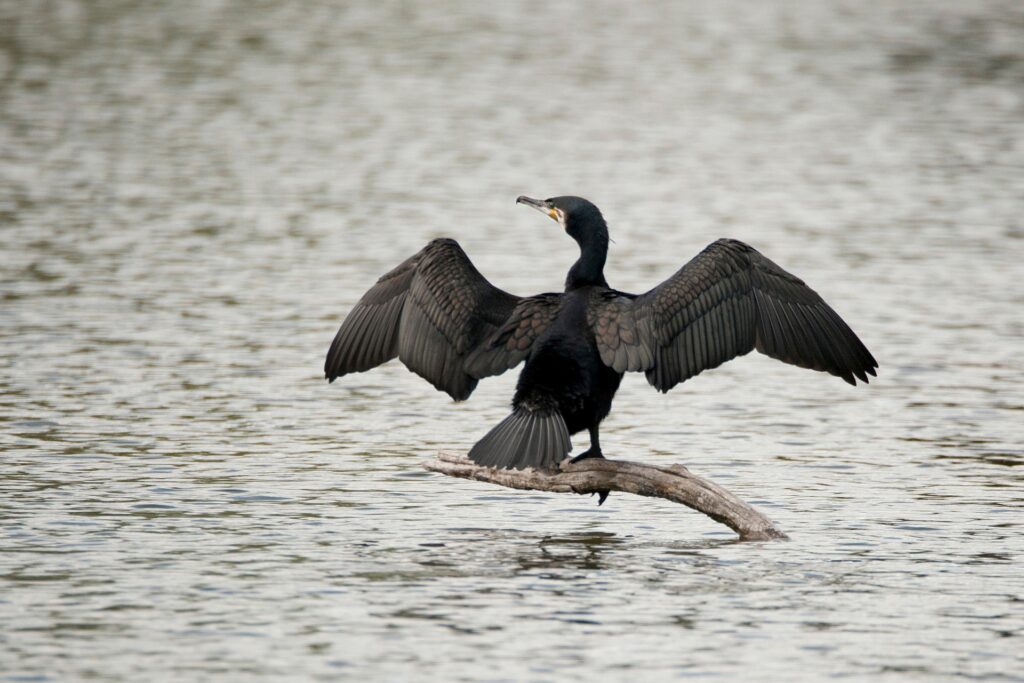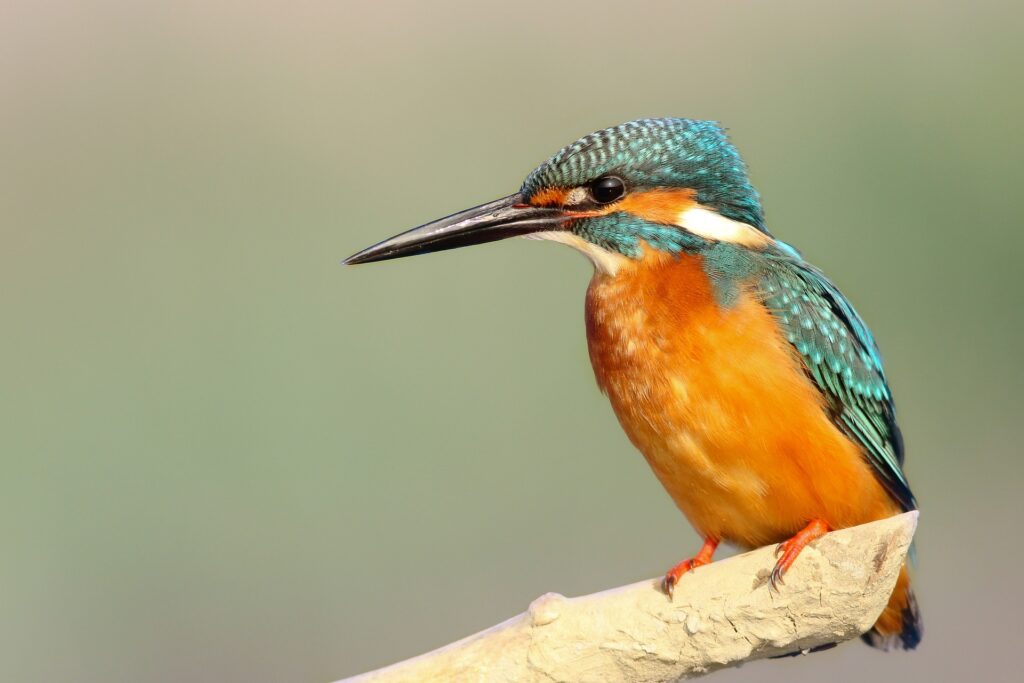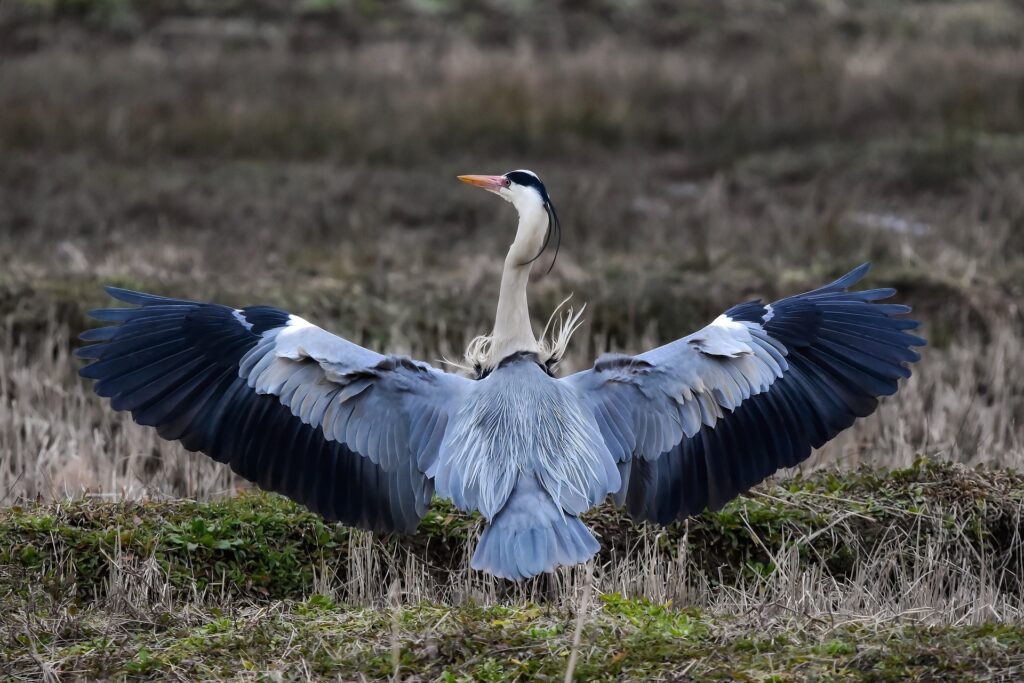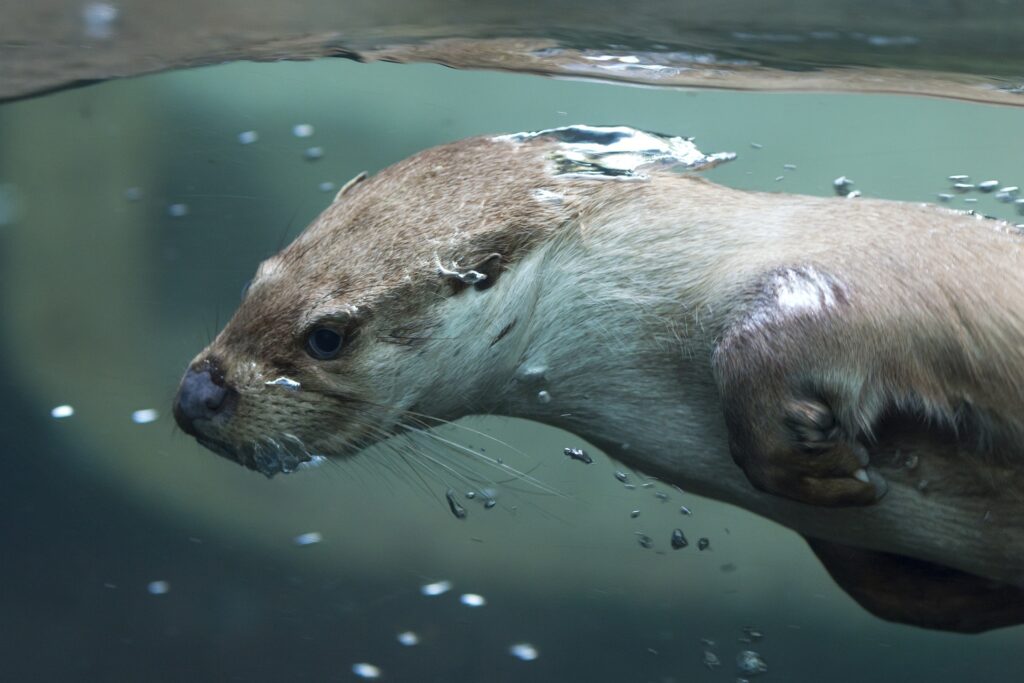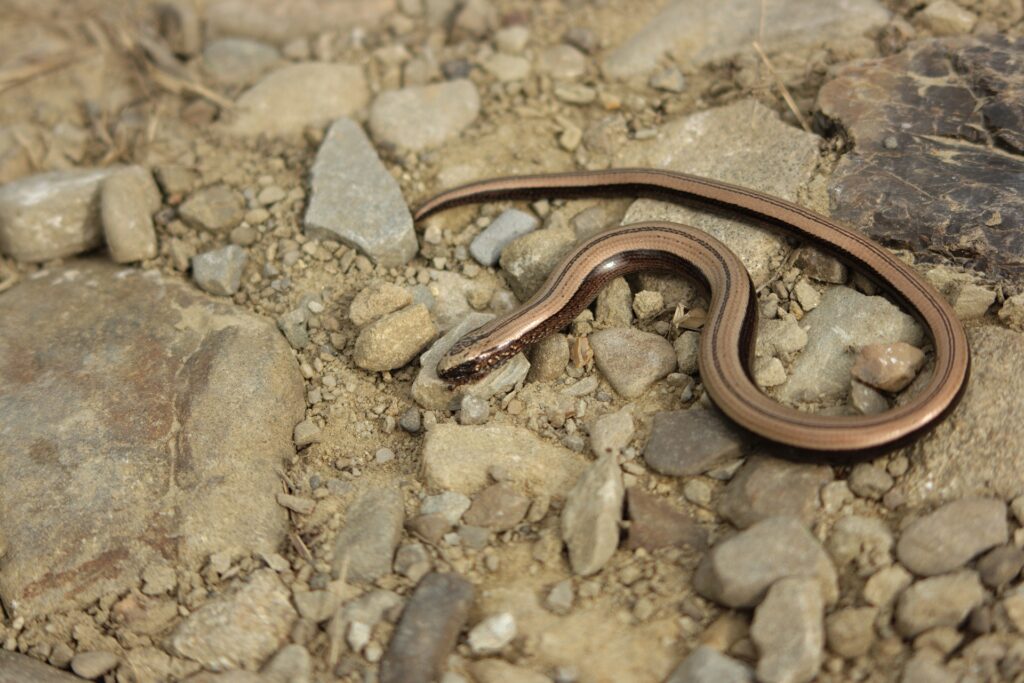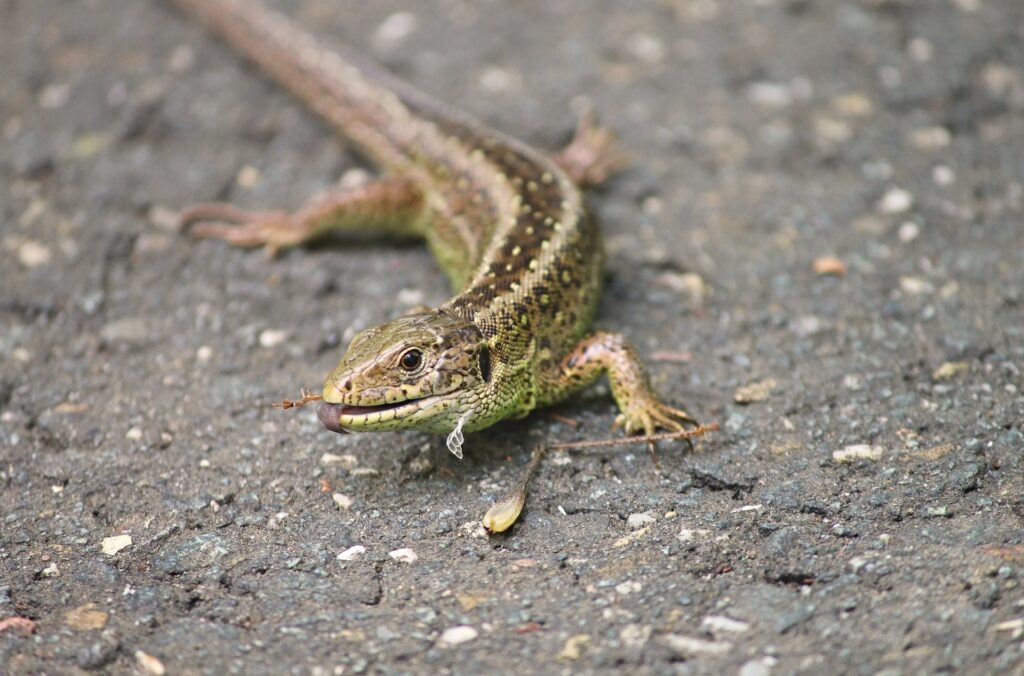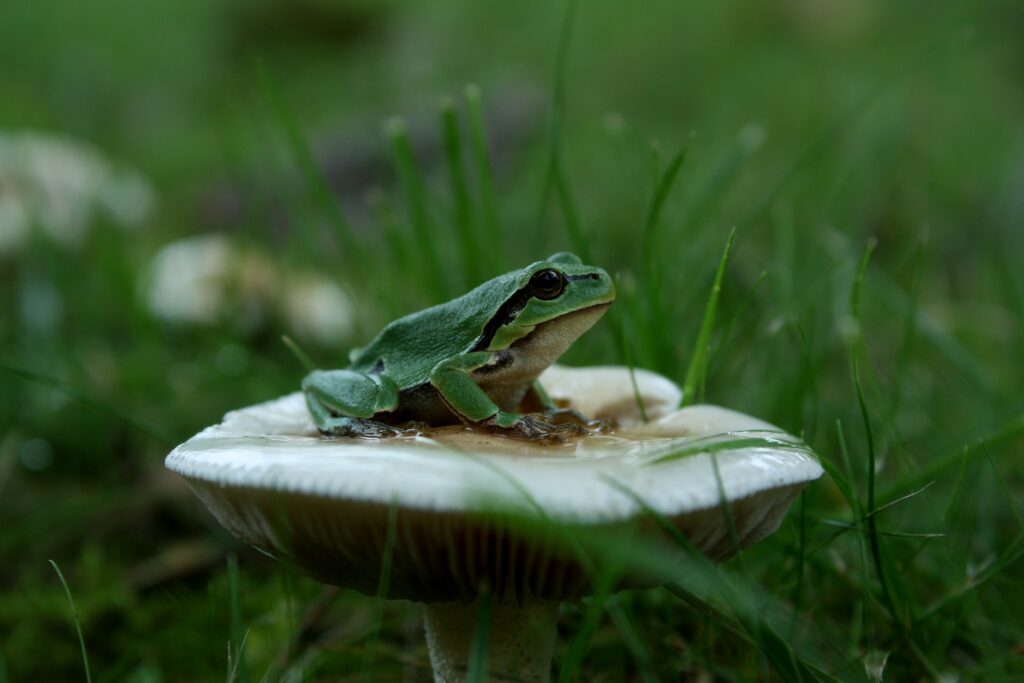Compared to other Central European countries, in Poland there is a high level of biodiversity and this country has a well-maintained structure of natural habitats and animal species habitats. This is largely attributable to the high diversity of ecosystems, from mountain ones in the south of the country through the vast river valleys (Vistula, Odra) to ecosystems found in Pomerania and on the Baltic coast. Parts of very well-preserved natural systems have survived in the entire country, including lowland forests with natural features located in the Białowieża Forest National Park. In the southern part of the country, the mountain ranges of the Sudetes and Carpathians predominantly provide biodiversity refuges, in the central part these are the vast river valleys, whereas in the northern regions natural conditions are primarily determined by the proximity of the Baltic Sea.
Well-preserved river valleys with a characteristic system of plant communities, changing along the gradient of the distance from the river valley and with different impacts of water flooding, are one of Poland’s distinguishing features. These ecosystems, subjected to regionally varying but rather low anthropogenic pressure, are an element of Poland’s special responsibility in the context of preservation of European natural heritage.
Rivers for the animal world
The valleys of the Vistula and Odra Rivers provide a habitat for diverse animal species. Many valuable bird species can be found there, such as: black tern, grey heron, common kingfisher, penduline tit, sand martin, grey-headed woodpecker, white wagtail, redstart, common sandpiper, great cormorant, and mute swan. Birds a treasure of these rivers; as many as 200 different bird species can be found on their banks! The rivers are also one of the main migration corridors for birds during the spring and fall periods.
The beaver and otter, particularly valuable and protected species, should be mentioned among mammals inhabiting the Vistula and Odra basins. Muskrats, water shrews, water voles, and brown rats can also be found there.
The Vistula and Odra Rivers are also a habitat for many species of amphibians and reptiles. Practically all their species that live in our country can be found in these river valleys. The green and grey toad as well as the tree frog should be mentioned among protected amphibians, whereas among reptiles the sand lizard, viviparous lizard, and slowworm.
Numerous fish species are also found in the waters of the Vistula and Odra Rivers. These are typically freshwater species, among others the roach, bream, carp, trout, zander, perch, three-spined stickleback, wels catfish, barbel, ziege, and river lamprey, migrating fish – salmon, sea trout, and eel, as well as sea species such as herring (in the Bay of Pomerania).
Natural habitats under the OVFMP
COMPONENT 1: PROTECTION OF THE MIDDLE AND LOWER ODRA
In the middle and lower section of the Odra valley, the river flows through a wide valley and along many stretches it is characterized by a well-preserved system of natural habitats and animal species associated with them. In spite of river training works carried out in the past, the riverbed is a refuge for many rare fish species and it also performs an important role as a migration corridor for diadromous fish. The first floodplain terrace is overgrown with riparian forests or alluvial meadows. Oxbow lakes exhibiting unique fauna and flora assemblages are an important element of this part of the valley; a part of them has formed as a result of natural processes, while another part is an effect of river training works performed in the past. Hornbeam-oak forests develop in sporadically flooded areas, while at the edges of the valley there are several dozen meter high slopes overgrown in many places with rare thermophilous vegetation assemblages.
COMPONENT 2: FLOOD PROTECTION OF THE NYSA KŁODZKA VALLEY
The investments making up this component will be carried out in areas of moderate and high natural value. At places where the mountain watercourses do not flow through developed areas, the boundary slopes are overgrown with riparian forest communities (willow and alder-ash woodland) and patches of tall herb fringe communities. The floodplains are dominated by grassland, mainly fresh meadows, while smaller areas are occupied by alluvial meadows. Valuable forest communities are concentrated in the higher parts of the mountain ranges where basically no works will be carried out. Valuable plant species are associated with natural or semi-natural vegetation enclaves under extensive agricultural use. In many places, areas immediately adjacent to the river channels perform such a function. The most valuable floristic site in the areas covered by the planned works is the valley of the Biała Lądecka River where communities of Batrachium penicillatum, a species that occurs only at two locations in Poland, are found along over a dozen kilometers of the river’s course.
COMPONENT 3: UPPER VISTULA
The Upper Vistula water region is a highly morphologically diverse area with mountainous, sub-mountainous, highland, and lowland topography. This significant variation in abiotic factors is reflected in the diversity of animated nature: natural habitats, flora, and fauna. Numerous rare and protected natural habitats (including those of Community interest) are associated with the river valleys in this region. The occurrence of some of them is determined by the proximity of the watercourse and related impacts. The following riparian communities belong to this category of habitats: riparian willow and poplar woodland, including associated riverine basket willows, lowland, sub-mountainous and mountainous riparian alder, ash-alder, and elm-ash forests, peat bogs, Molinia and wet meadows (including Cnidion dubii meadows associated with big river valleys), wet and fresh meadows, riverside tall herb fringe communities, forest edge communities, and also communities of therophytes on the muddy banks of the rivers. The second group consists of natural habitats associated with the valleys, but not directly related to their presence and resultant environmental conditions. This group includes the following, among others: xerothermic grasslands, thermophilous thickets, and subcontinental hornbeam-oak woodland, located on the edges of the valleys or in upland areas. Numerous valuable species of plants and animals find their ecological niches in such diverse habitats. In the case of fauna, bird and fish representatives deserve special attention, for which the river valleys and watercourses – particularly those that have not been significantly transformed by humans – are not only their natural habitat of living, but also the migration corridors. In the region in question, the Vistula River is such a corridor, particularly important for the maintenance of the morphological continuity of the rivers, for the sturgeon and salmon (from the Skawinka River mouth downstream), together with the San and Dunajec Rivers, while for the salmon – the Vistula River (from the Skawinka mouth to the Soła mouth) together with the San, Wisłok, Wisłoka, Raba, Soła, and Skawa Rivers.
However, the existence of fauna and flora as well as their richness depend on clean water and the preservation of natural feeding and breeding grounds in the river valleys, but also on everything that can be found in the riverbed and along the river banks.
Let’s remember about it and take care of rivers!
Photos: pixabay.com






